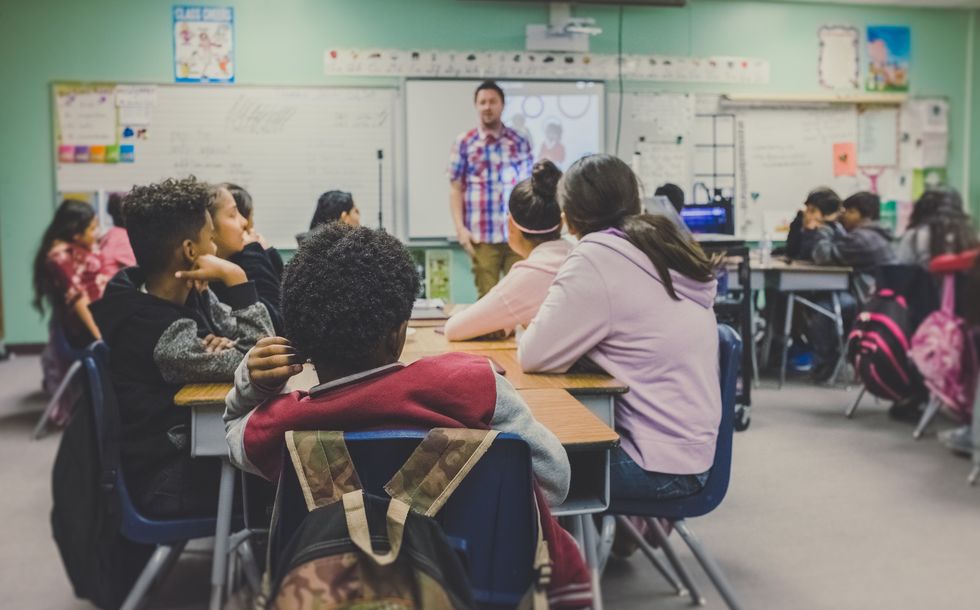As a pre-service teacher, I get to see everything that goes into lesson planning for students. I myself have even had to make lesson plans to teach in my internship, and I can tell you this, it's tougher than it seems because we focus in on what the children need, while also following the curriculum laid out for us. We also have to break it down so students can understand and really connect to the lessons we make for them.
This month, in our kindergarten science lessons, we are learning about the human body and ways to keep ourselves healthy. For kindergarteners, this can be really hard to break down because there are some really advanced subjects mixed into the curriculum. The lesson plan that I most recently wrote was on oral health. When I first approached it, I didn't know how I could break it down to their level. I myself don't understand all that goes into dental health, so how was I supposed to break it down for twenty 5 and 6-year-olds. I searched online, browsing through great resources that teachers use, like Cpalms.org and Teachers Pay Teachers, and I was still struggling to find a way to meet all the needs of my students. So I had to sit myself down and think through the mind of a 6-year-old to come up with my lesson.
What I found is that there are ways in which we can teach kids, and specifically this instance, their health, that are super simple, and yet we overlook them all the time.
What is one of the things you loved to do most in kindergarten? For most people you ask, coloring is a very popular answer. One of the most memorable things that I can recall from kindergarten was alphabet coloring pages. These are still used in teaching the alphabet in my own kindergarten practicum that I'm in right now. So why not use this style when I'm teaching them about their oral health?
It was so easy to create a plan based off of what the students would be excited about. I was easily able to create a coloring sheet of the human mouth and from there, I realized I could teach them about specific things within the mouth, like the different types of teeth, and I could do this by having them color coordinate the different teeth by color coordinating them with crayons. I also realized that I could demonstrate good hygiene to them on the baby dolls they love to play within centers. This could make them excited about things like brushing and flossing their teeth, which could benefit their own health in the long run.
As educators, we need to find ways to make tough learning subjects easier to break down to our students and make this learning fun. Once we make learning hard subjects more simple and fun, we can make education fun for the students, and they will hold onto our lessons much more effectively. So I challenge all teachers to do this: Look through the lens of your students, and find ways to bring subjects down to their level and make it enjoyable for them.






 The minimum wage is not a living wage.
StableDiffusion
The minimum wage is not a living wage.
StableDiffusion
 influential nations
StableDiffusion
influential nations
StableDiffusion












